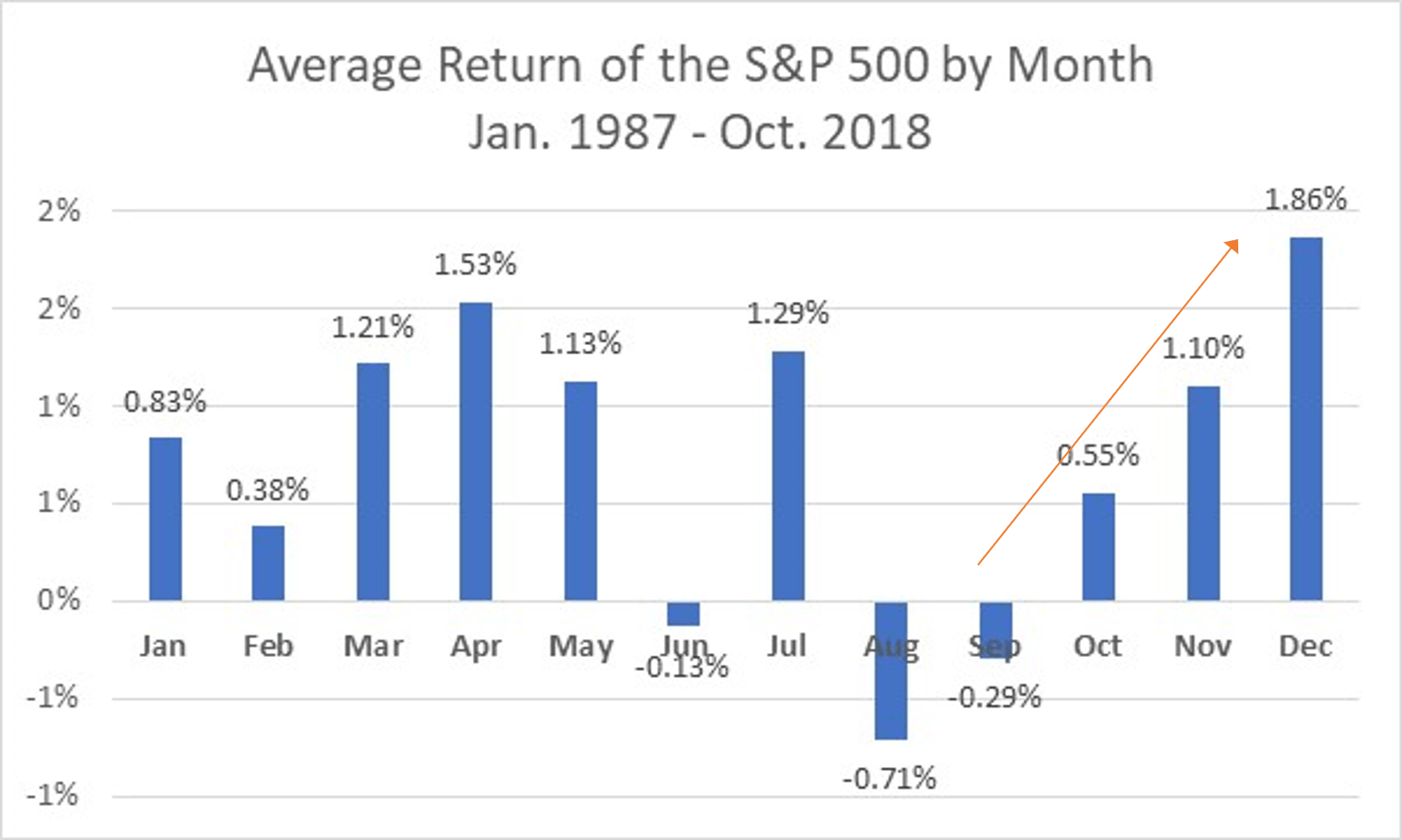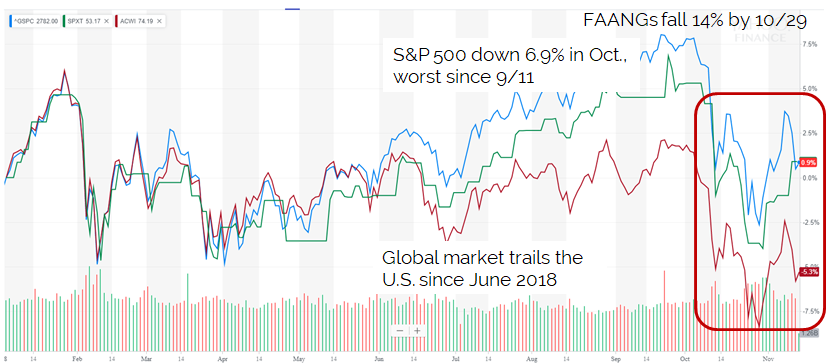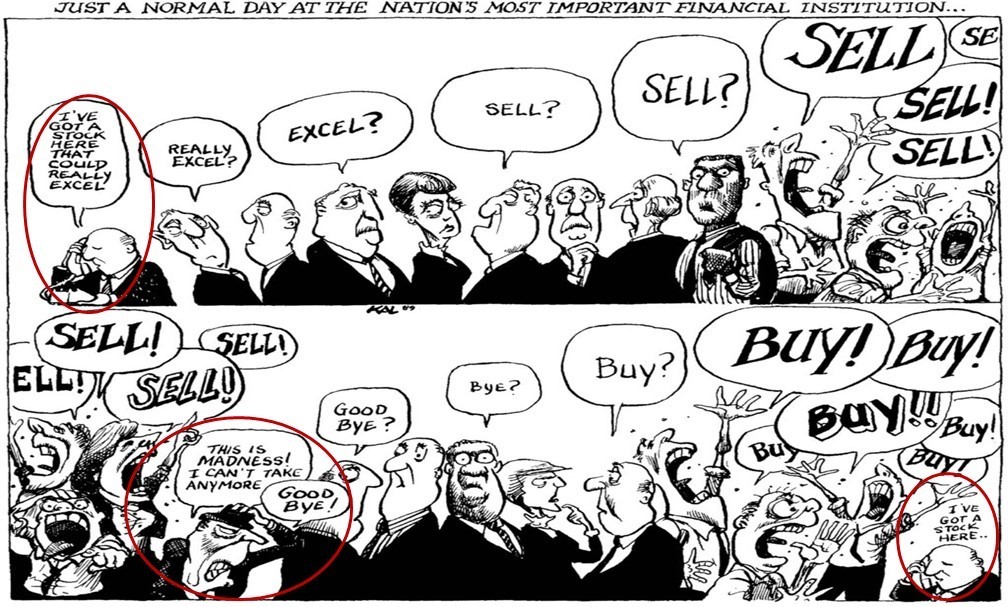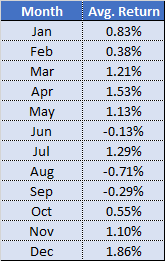Social Security Gets Its Biggest Boost in Years
Social Security Gets Its Biggest Boost in Years
Seniors will see their retirement benefits increase by an average of 2.8% in 2019.
Social Security will soon give seniors their largest “raise” since 2012. In view of inflation, the Social Security Administration has authorized a 2.8% increase for retirement benefits in 2019. (1)
This is especially welcome, as annual Social Security cost-of-living adjustments, or COLAs, have been irregular in recent years. There were no COLAs at all in 2010, 2011, and 2016, and the 2017 COLA was 0.3%. This marks the second year in a row in which the COLA has been at least 2%. (2)
Not every retiree will see their benefits grow 2.8% next year. While affluent seniors will probably get the full COLA, more than 5 million comparatively poorer seniors may not, according to the Senior Citizens League, a lobbying group active in the nation’s capital. (1)
Why, exactly? It has to do with Medicare’s “hold harmless” provision, which held down the cost of Part B premiums for select Medicare recipients earlier in this decade. That rule prevents Medicare Part B premiums, which are automatically deducted from monthly Social Security benefits, from increasing more than a Social Security COLA in a given year. (Without this provision in place, some retirees might see their Social Security benefits effectively shrink from one year to the next.) (1)
After years of Part B premium inflation being held in check, the “hold harmless” provision is likely fading for the above-mentioned 5+ million Social Security recipients. They may not see much of the 2019 COLA at all. (1)
Even so, the average Social Security beneficiary will see a difference. The increase will take the average individual monthly Social Security payment from $1,422 to $1,461, meaning $468 more in retirement benefits for the year. An average couple receiving Social Security is projected to receive $2,448 per month, which will give them $804 more for 2019 than they would get without the COLA. How about a widower living alone? The average monthly benefit is set to rise $38 per month to $1,386, which implies an improvement of $456 in total benefits for 2019. (1)
Lastly, it should be noted that some disabled workers also receive Social Security benefits. Payments to their households will also grow larger next year. Right now, the average disabled worker enrolled in Social Security gets $1,200 per month in benefits. That will rise to $1,234 per month in 2019. The increase for the year will be $408. (1)
 Justin D. Rucci, CFP®
Justin D. Rucci, CFP®
Wealth Advisor
Warren Street Wealth Advisors
Justin is an Investment Advisor Representative of Warren Street Wealth Advisors, a Registered Investment Advisor. The information contained herein does not involve the rendering of personalized investment advice but is limited to the dissemination of general information. A professional advisor should be consulted before implementing any of the strategies or options presented.
This material was prepared by MarketingPro, Inc., and does not necessarily represent the views of the presenting party, nor their affiliates. This information has been derived from sources believed to be accurate. Please note – investing involves risk, and past performance is no guarantee of future results. The publisher is not engaged in rendering legal, accounting or other professional services. If assistance is needed, the reader is advised to engage the services of a competent professional. This information should not be construed as investment, tax or legal advice and may not be relied on for avoiding any Federal tax penalty. This is neither a solicitation nor recommendation to purchase or sell any investment or insurance product or service, and should not be relied upon as such. All indices are unmanaged and are not illustrative of any particular investment.
Any investments discussed carry unique risks and should be carefully considered and reviewed by you and your financial professional. Past performance may not be indicative of future results. All investment strategies have the potential for profit or loss. Changes in investment strategies, contributions or withdrawals may materially alter the performance, strategy, and results of your portfolio. Historical performance results for investment indexes and/or categories, generally do not reflect the deduction of transaction and/or custodial charges or the deduction of an investment-management fee, the incurrence of which would have the effect of decreasing historical performance results. Economic factors, market conditions, and investment strategies will affect the performance of any portfolio and there are no assurances that it will match or outperform any particular benchmark. Nothing in this commentary is a solicitation to buy, or sell, any securities, or an attempt to furnish personal investment advice. We may hold securities referenced in the blog and due to the static nature of the content, those securities held may change over time and trades may be contrary to outdated posts.
Citations
1 – fool.com/retirement/2018/10/26/heres-what-the-average-social-security-beneficiary.aspx [10/26/18]
2 – tinyurl.com/y9spspqe [8/31/18]






 Cary Warren Facer
Cary Warren Facer


